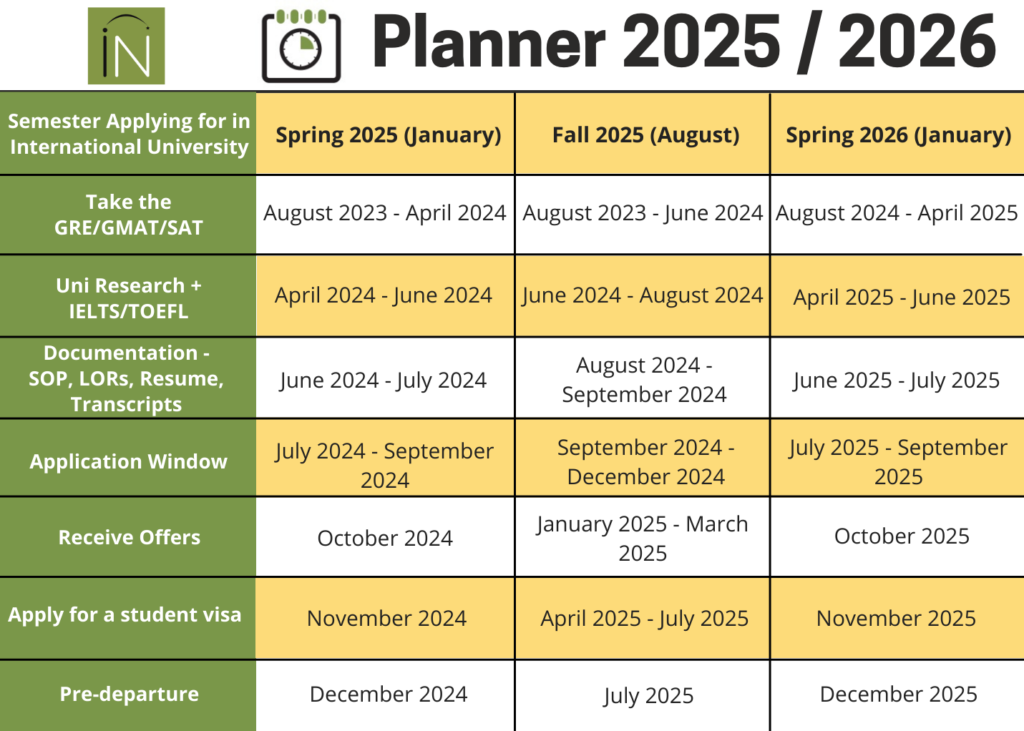Over the past few years, many business schools have started gladly accepting GRE scores in place of GMAT scores for programs, such as MBA and MiM. This additional option has become a major source of confusion for many applicants, and we receive multiple queries from students asking for clarifications about the same. Their situation becomes worse when aspirants don’t know much about the tests, and/or don’t have enough time.
In order to clear up the confusion, we have compared both tests in detail below. The major differences between the GRE and the GMAT are:
Format and Question Types
| GRE | GMAT | |
| Test owner | ETS | GMAC |
Analytical Writing Assessment |
||
| Analyze an issue | 1 task | Not tested |
| Analyze an argument | 1 task | 1 task |
Verbal Reasoning |
||
| Reading Comprehension | ~ 40% of the verbal section | ~ 30 – 35% of the verbal section |
| Critical Reasoning | ~ 10% of the verbal section | ~ 30 – 35% of the verbal section |
| Text Completion and Sentence Equivalence | ~ 50% of the verbal section | Not tested |
| Sentence Correction | Not tested | ~ 30 – 35% of the verbal section |
| Total Questions | 40 – 60 (2 – 3 sections, 20 questions per section) | 36 (1 section) |
| Total Time | 60 – 90 (30 minutes for each section) | 65 minutes |
| Experimental Questions | One section – either VR or QR | A few questions in VR (not disclosed by GMAC) |
Quantitative Reasoning |
||
| Word Problems | Problem Solving (MCQs)
Numeric Entry Quantitative Comparisons |
Problem Solving (MCQs)
Data Sufficiency |
| Arithmetic | ||
| Algebra | ||
| Geometry | ||
| Data Interpretation | ||
| Total Questions | 40 – 60 (2- 3 sections, 20 questions per section) | 31 (1 section) |
| Total Time | 70 – 105 (35 min for each section) | 62 min |
| Experimental Questions | One section – either VR or QR | A few questions in QR (not disclosed by GMAC) |
Integrated Reasoning |
||
| Total Questions | Not tested | 12 questions |
| Total Time | NA | 30 min |
Also read: These 7 tips will help you ace GMAT and GRE in one go
Test Design Features
| GRE | GMAT |
| Section-level adaptive | Question adaptive |
| Preview and review within a section | Cannot go back |
| Can move forward and backward freely in a section | Cannot go back |
| Can skip a question and attempt later | Cannot go further without answering a question |
| Answers can be edited/changed in a section | Cannot go further without answering a question |
| Section order, except AWA, is not fixed | Section order can be selected from 3 options |
| On-screen calculator is available | On-screen calculator is not available |
| Can be taken at home | Can be taken at home |
Total Duration and Breaks
| GRE | GMAT |
| 3 hours and 45 minutes (QR section is experimental)
excluding breaks |
3 hours and 7 minutes
excluding breaks |
| Break – one ten minute optional break | Breaks – two optional eight-minute breaks |
Before finalizing the test, you should read the following two steps and implement them:
1. Make a list of B-schools and your future goals:
While most B-schools accept either test now, you should still verify the test requirements of your target B-schools before you finalize on any tests. To know the application requirements, you should check the website of these schools or consult admissions experts. These tests, GMAT and GRE, are promoted by two competing organizations that want to get the maximum market share. Always remember, a B-school evaluates the profile of an applicant holistically and considers these tests a part of the overall profile. You can refer to the ETS list of MBA programs that accept GRE scores.
A word of caution here is that some firms consider applicants favorably when they apply with their GMAT scores. In addition to that, GMAT is sometimes a requirement in Internal Job Postings in some organizations.
2. Get acquainted with the tests and know your strengths and weaknesses.
You should take one or two mocks of these exams – GRE and GMAT. The scores from one mock can be an anomaly, so it is advised to take 2-3 mock tests before making any conclusion. A student must take the official tests of GMAT and GRE. A word of advice here is – you may spend more time reading the instructions and questions types of tests when you take these tests for the first time. So it is highly recommended that you go through some sample questions of GMAT and sample questions of GRE before you take these mock tests. The tests must be taken into simulated conditions to know your real strengths and weaknesses. The above tables will help you understand the tests, but you will know more about the tests after going through a few sample questions and taking a few mocks.
Our conclusion:
Once you know your goals and you know you are good at the XYZ test, go ahead and exploit your strengths. Don’t deliberate much and waste your valuable time thinking which test is good for you. Instead of deliberating and wasting time, work on the rest of your application package. There are minor differences, such as scores, fee, free score reporting fee, exam policies, etc. but they should not be given so much weightage in such a crucial decision. GMAT or GRE test scores are just a means to an end but not the other way.
Most teachers and test-takers consider GMAT QR more difficult than GRE QR, but GMAT VR easier than GRE VR. The test design features of GMAT makes it a challenging test.
Other minor differences between GRE and GMAT are listed below:
Scores
| GRE | GMAT | |
| Analytical Writing Assessment | 0 to 6 points
(average of both tasks) |
0 to 6 points |
| Verbal Reasoning | 130-170 points | 200 – 800 points
(combined score of VR and QR) |
| Quantitative Reasoning | 130-170 points | |
| Integrated Reasoning | Not tested | 1 to 8 points |
| Validity of Scores | 5 years | 5 years |
If you have taken GRE and wish to see your corresponding GMAT score, refer to ETS GRE Comparison Tool.
Fee
| GRE | GMAT | |
| Test Fee | USD 213 | USD 250 |
| Additional Score Reporting | USD 27 per recipient | USD 35 per recipient |
Free Score Reporting
| GRE | GMAT |
| 4 Recipients | 5 Recipients |
| Recipients are to be added AFTER the test ends | Recipients are to be added BEFORE the test begins |
Test Cancellation, Rescheduling, and Retaking; Scores Cancellation, Reporting, and Reinstatement
| GRE | GMAT | |
| Test Registration Cancellation | No later than 4 days prior to appointment.
50% of the test fee is refunded. |
Test Registration Cancellation Refund Tiers:
1 to 14 days prior to appointment: USD 50 refund 15 to 60 days prior to appointment: USD 75 refund More than 60 days prior to appointment: USD 100 refund |
| Test Rescheduling | No later than 4 days prior to your test date
USD 50 is to be paid to reschedule the test |
Test Rescheduling Fee Tiers:
1 to 14 days prior to appointment: USD 150 15 to 60 days prior to appointment: USD 100 More than 60 days prior to appointment: USD 50 |
| Test Retaking | Once every 21 days, 5 times a year | After 16 calendar days, 5 times a year |
| Scores Cancellation | Scores can be canceled for FREE at the test center BEFORE viewing them. | Scores can be canceled for FREE at the center AFTER viewing them.
Scores can also be canceled WITHIN 72 hours of the scheduled start time by paying USD 25. |
| Score Reporting | ScoreSelect option to report the scores of your choice in case of multiple attempts. | All accepted scores will be reported to schools in case of multiple attempts.
Canceled scores are not reported. |
| Scores reinstatement | Can reinstate scores in 60 days by paying USD 50 | Can reinstate scores up to 4 years and 11 months by paying USD 50 |
Therefore, guys don’t ponder much on the test part of your application. Look at the bigger picture i.e. your goal of pursuing an MBA or MiM.


